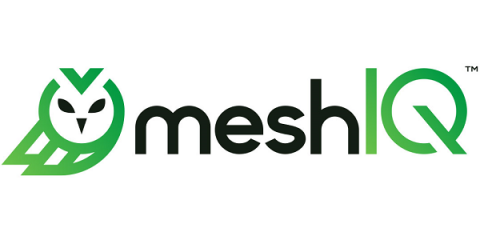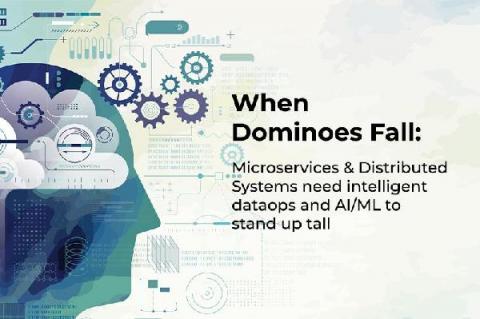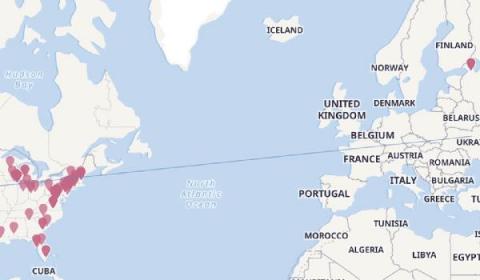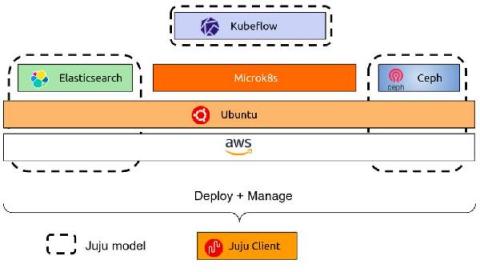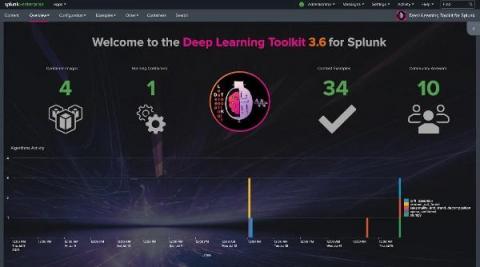A developer's guide to machine learning security
Machine learning has become an important component of many applications we use today. And adding machine learning capabilities to applications is becoming increasingly easy. Many ML libraries and online services don’t even require a thorough knowledge of machine learning. However, even easy-to-use machine learning systems come with their own challenges. Among them is the threat of adversarial attacks, which has become one of the important concerns of ML applications.


